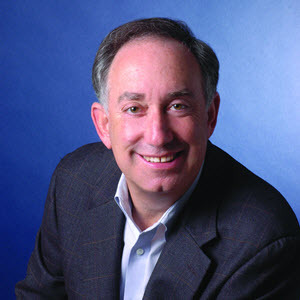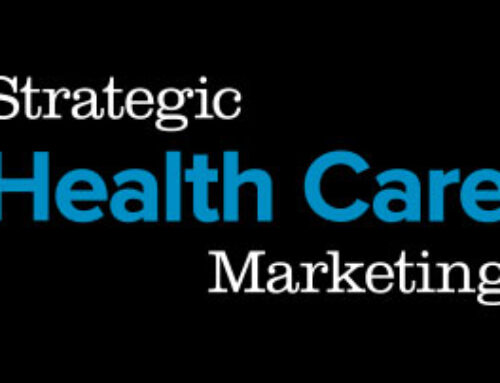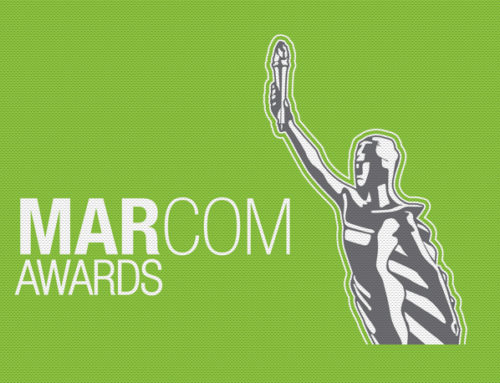December 8, 2023
Senior-level public relations expert predicts communication challenges that health care organizations may experience as we gear up for the coming year.
// By Ross K. Goldberg //

What is the greater challenge: identifying challenges that health care public relations will face in 2024 or limiting those truths to a 1,200-word article? The answer is clearly the latter.
Year after year health care public relations professionals see unanticipated new challenges pile up on those left over from the year prior until the hill becomes so high that scaling Mount Whitney seems to be an easier task. 2024 looks to be no different.
- Workforce shortages and unionized workers demanding better wages and improved staff-patient ratios will continue.
- Hospitals still will be challenged to arrive at a universally understandable way to define and measure quality.
- Medical errors still will need to be explained.
- Cyberattacks will continue to cause crises.
Issues such as patient safety, the changing role of doctors, and demand for pricing transparency all will continue to challenge the health care PR field. If you were expecting to get off that hamster wheel, better change your expectations, for these challenges will continue to keep ringing like an alarm clock that won’t shut off.
New challenges will emerge as well as politicians battling for power in the 2024 election joust about access to care as well as its cost. The outcome of those debates will test creativity and communication skills of those tasked with explaining how what happens in Washington affects their communities and constituencies.
And then there are the profound changes to be brought about by artificial intelligence, whose capabilities and limitations are being discovered and implemented in real time with no script and no best practices to guide the journey. AI may prove to be the cause of crises as well as the tool that resolves them.
Here are three other challenges that will demand attention:
1. Appealing to Both Ends of the Aging Continuum
Public relations executives will be challenged to develop a bifurcated strategy that effectively meets the needs of customers at both ends of the aging continuum.
At one extreme are aging baby boomers who, thanks to incredible technologies, wonderous pharmaceuticals, and an increased awareness of healthy lifestyle habits, are living longer than any generation before. Estimates are that Medicare enrollment will see a 60 percent increase from 65 million to 105 million by 2031 and will double by 2040; more seniors will age into Medicare 2024-2025 than ever before.
At the other extreme are millennials — out of the nest, starting families, and purchasing health care themselves for the first time. This generation, born between 1981 and 1996, has a far different view of health care than their parents. Physician and brand loyalty are not as important to them as convenience. They want things on their terms and will shop around for those who can provide what they need when they need it.
As the first generation to grow up with the internet, they expect access to real-time data to make intelligent purchasing decisions, and they embrace concepts such as telemedicine, urgent care centers, mail order pharmacies, and various forms of alternative medicine as a way of getting health care on their terms. In short, for them the old rules don’t apply, and they make new rules as they go.
The challenge for health care will be to simultaneously appeal to these two very different consumer groups (and everyone in between) by developing and effectively communicating services, products, and a customer-focused attitude that attracts and retains both important books of business.
2. Competing with Retailers
At more than 18 percent of our nation’s GNP, health care is a big business and large national retailers are keenly aware that there are profits to be made. Deep-pocket companies such as Walgreens, Walmart, Costco, CVS, and Amazon are aggressively entering the marketplace through new acquisitions in health care, from primary care to pharmacy operations. Their aggressive marketing tactics have inflated an already fragmented environment and turned the structures of the traditional establishment inside out. No longer do patients need to go to their trusted hospital or doctor when they have the convenience of a local, well-known retailer just down the street.
Hospitals and physicians need to take note of this shifting paradigm as it poses a direct and imminent threat to their bottom line, as retailers with large marketing budgets and brand potency work to steal market share right under their noses. Given that this transformational disruption shows no signs of slowing down, public relations practitioners will need to craft a story that makes a compelling argument as to why consumers should bypass these retailers in favor of their traditional providers.
But the PR team can’t do this alone. Hospital leadership, including boards of directors, will need to re-examine what it means to be a trusted health care provider in this new era and what they need to do to position themselves as the health care destination of choice in their community. Arriving at that answer will amount to a journey of self-discovery and is central to establishing their 21st-century brand.
3. Figuring Out What Makes News
One of the most fundamental and expected responsibilities of a hospital PR department is to garner positive news coverage. But the media industry has morphed beyond recognition and so have consumer reading and viewing habits, causing PR folks to question what constitutes news in today’s world. What makes the answer so baffling is that there exists no agreement on this even within media circles — no tidy assumptions and no dead certainties.
Of all of the story ideas that journalists receive from one source or another, only a very few jump off the page as clear winners while the overwhelming majority are left to the prejudice, mindset, and mood of whoever makes editorial decisions. To overcome that, PR people will need to work harder and be more creative than ever to craft stories that are unique, timely, and dramatic.
When all is said and done, timeliness remains a core element of news. That is truer today than ever with a 24-hour news cycle and the instant gratification of social media.
Uniqueness makes you stand out. Are you the first? Are you the only? Are you the best, the largest, the smallest, the most expensive, the least expensive, the oldest, or the most revered? As for drama, that’s something the media simply can’t resist, and health care, more than any other industry, is laced with human drama and feel-good stories to tell. Drama not only makes for good theater but has the snap, crackle, and pop that editors love. What the media chooses to cover or not cover may appear to be just plain serendipity. But not so. Like everything else in business, the winners will be those who find an edge by zigging when others zag. Understanding what still makes news is that edge.
Hanging above all these challenges is the one thing that is needed today more than ever: restoring public trust in the health care system.
No brand strategy can flourish, no crisis communications can be successful, no carefully designed messaging can be persuasive, no internal communication can be effective, and no expensive marketing campaign can drive results if people don’t believe or trust what is said. Even trust that is deep and generational can be nothing more than bubbles in a glass of champagne — there and then gone — if every employee and every physician is not committed to practicing daily the four most important elements of trust: integrity, honesty, promise-keeping, and loyalty.
In the final analysis, assuring that may be the greatest challenge of all.
Ross K. Goldberg is president of Kevin/Ross Public Relations and former chairman of the board of trustees at Los Robles Regional Medical Center in Southern California. He the author of the books I Only Know What I Know and Food on the Table. He is a member of the editorial advisory board of Strategic Health Care Marketing.




